
There are few things as universally frustrating for drivers as the unwelcome sight of another vehicle glued to their rear bumper. Whether you’re a seasoned veteran of the highways or a newcomer still finding your footing behind the wheel, that aggressive proximity immediately elevates stress levels and, more critically, introduces a serious safety hazard. It’s a scenario that plays out far too often on our roads, turning a routine commute into a high-stakes gamble.
This isn’t just about discomfort or annoyance; tailgating fundamentally compromises the safety margins we all rely on. It strips away the essential stopping distance required to react safely if the vehicle ahead, or indeed your own, suddenly needs to halt. Drivers often find themselves in a precarious position, uncertain how to address this dangerous predicament without exacerbating the risk of a collision.
Fortunately, a driving expert has stepped forward with practical, actionable advice that steers clear of reactive, dangerous maneuvers. Annie Winterburn, who runs Spot On Driving, offers a “clever hack” that empowers drivers to manage tailgaters effectively and safely, without ever needing to touch the brake pedal in an emergency. This approach is not only intuitive but also rooted in fundamental principles of road safety, often highlighted in official theory tests.

1. **Understanding the Danger of Tailgating: More Than Just an Annoyance** Tailgating is a pervasive issue that extends far beyond mere irritation; it constitutes a genuine hazard that critically compromises road safety. When another car drives too closely behind you, it effectively removes the necessary stopping distance your vehicle requires should you need to halt abruptly. This lack of a safe buffer is a direct threat to the safety of everyone on the road.
The immediate consequence of tailgating is the severe reduction in reaction time for all parties involved. If the car in front suddenly brakes, the tailgating driver has significantly less time and space to respond, dramatically increasing the likelihood of a rear-end collision. This fundamental erosion of safety margins makes every moment on the road more precarious.
The frustration of having another vehicle riding your bumper can distract you, pulling your focus from the road ahead to the unwelcome presence behind. This split attention further compounds the danger, making you less observant of potential hazards that might require an immediate and safe reaction. It’s a cycle where annoyance feeds into risk, creating a genuinely hazardous driving environment for all.
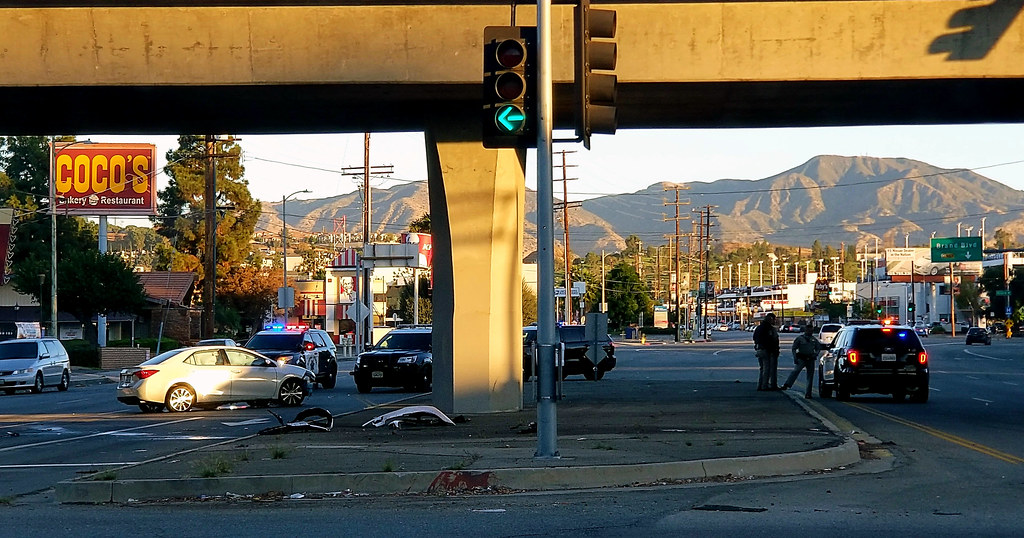
2. **The High Stakes: Tailgating as a Frequent Factor in Traffic Collisions** The statistics underscore the severe reality: tailgating remains a frequent factor in traffic collisions across our roadways. These are not minor fender-benders but incidents that carry significant consequences, impacting lives and leading to substantial damage. The prevalence of this dangerous habit makes it a leading cause for concern among road safety advocates and authorities.
In the most severe cases, the outcomes of tailgating-induced collisions can be tragic, resulting in serious injuries or even fatalities. When a trailing vehicle crashes into the back of another, the forces involved can be immense, leading to devastating impacts that permanently alter lives. This grave potential is precisely why vigilance and proper defensive driving techniques are so crucial.
Research has further solidified this understanding, with studies revealing the tangible impact of tailgating on accident rates. For instance, reports indicate that tailgating contributes to a significant one in eight accidents on highways and major A roads. This stark figure highlights the urgent need for drivers to understand and adopt safer following distances.
Read more about: Why Americans Make Dumb Driving Mistakes: Stress, Tech, and Other Surprising Reasons
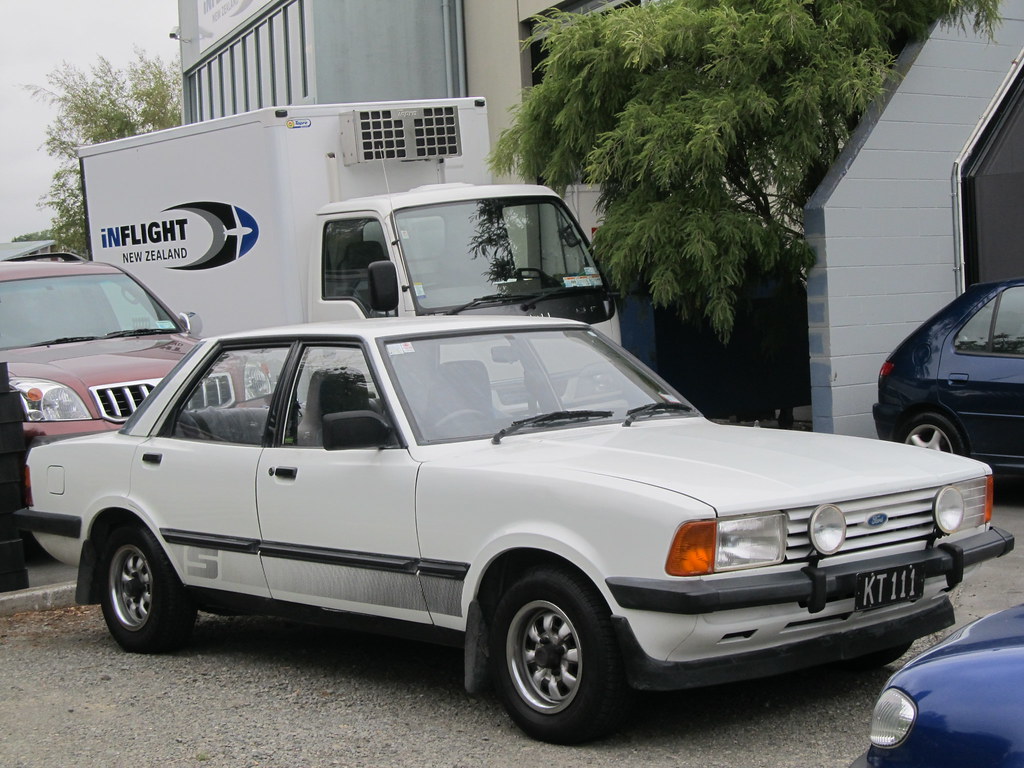
3. **Why Slamming Brakes Is Not the Answer: Avoiding Escalation and Further Danger** When confronted with a tailgater, the immediate, often emotional, instinct might be to tap or even slam on your brakes as a warning. However, expert advice firmly cautions against this reactive measure. Annie Winterburn explicitly notes that “slamming on the brakes could cause a crash,” transforming one hazardous situation into an even more immediate and severe one.
Furthermore, deliberately slowing down or aggressively tapping your brakes to signal displeasure to the car behind carries additional risks beyond just a collision. National Highways has issued stern warnings that such actions can escalate road rage, creating a more hostile and unpredictable driving environment. This can lead to further aggressive behavior from the tailgater, compounding the danger for everyone.
This perilous behavior, often employed to pressure drivers ahead to shift out of the way, ultimately places both parties at considerable risk. It is perfectly reasonable that many drivers won’t be certain how to handle being tailgated, but applying the brakes impulsively might trigger a crash, which is precisely what Annie Winterburn’s strategy aims to prevent.
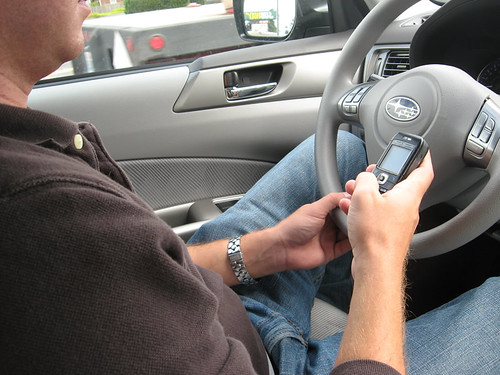
4. **The Driving Expert’s Core Strategy: Create Your Own Buffer Zone** The cornerstone of Annie Winterburn’s expert advice for safely dealing with tailgaters is elegantly simple yet profoundly effective: “leave a bigger gap between your car and the car in front of you.” This strategy fundamentally shifts control, allowing you to manage the situation proactively rather than reactively. It’s about creating your own safe space on the road.
By increasing the distance between your vehicle and the one ahead, you effectively decouple your need for sudden braking from the tailgater’s unsafe proximity. As Annie explains, “If the car behind is too close to you and you have to brake suddenly, that car behind you will crash into the back of you. So you have to make sure you don’t have to brake suddenly.” This bigger gap is your shield.
This straightforward method is a “clever trick” because it addresses the core problem without engaging in any confrontational or risky maneuvers. It allows you to maintain a steady, controlled pace while providing the flexibility needed to avoid sudden stops, thereby neutralizing the tailgater’s immediate threat to your safety.
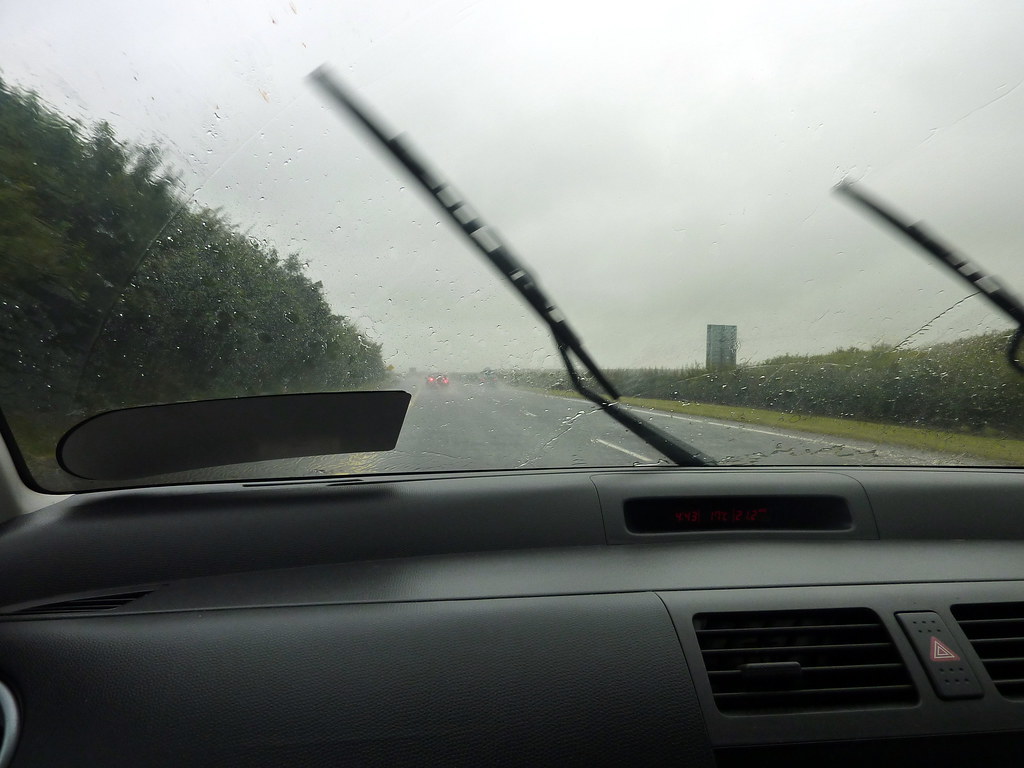
5. **The Science Behind the Buffer: Enabling Gradual Slowing and Mutual Safety** The efficacy of leaving a larger gap lies in its ability to facilitate gradual deceleration, a critical factor in preventing accidents caused by tailgating. This proactive approach “enables you to slow down gradually if the vehicle ahead stops suddenly,” mitigating the shock of an abrupt halt. It’s a method that prioritizes smooth, controlled movements on the road.
Crucially, this gradual slowing doesn’t just protect you; it provides the tailgating driver with much-needed time to react safely as well. By giving them a longer window to perceive your deceleration and adjust their own speed, you significantly reduce the chances of them crashing into your rear. It’s a shared safety benefit derived from your informed driving choices.
This strategy allows you to decelerate smoothly should the vehicle ahead stop abruptly, permitting the tailgating motorist to slow down safely too. Annie has noted that this advice regularly features in theory tests, underscoring its recognized effectiveness and importance for handling various traffic situations, including the challenge of tailgating.
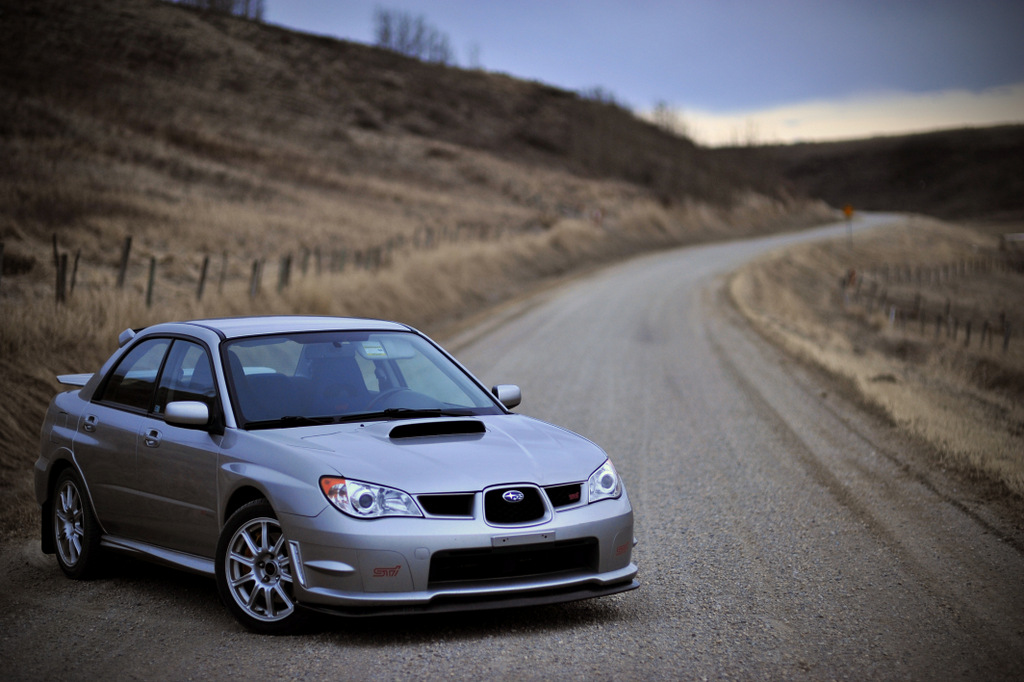
6. **The “2-Second Rule” Foundation for Dry Roads: A Crucial Baseline** To put Annie Winterburn’s advice into concrete terms, she advises, “You should maintain at least a 2-second time gap, on dry roads, between your car and the vehicle in front of you.” This is the widely recognized “two-second rule,” a fundamental principle taught in driving instruction and reinforced by road safety authorities globally. It provides a quantifiable baseline for safe following distances.
This two-second gap represents the minimum time it should take for your vehicle to reach a spot on the road that the car ahead of you has just passed. It’s a simple yet highly effective way to gauge your following distance, ensuring you have adequate time to perceive a hazard, react, and safely bring your vehicle to a stop without encroaching on the lead car.
Annie, a seasoned driving instructor, emphasized that “this specific advice is often included in theory tests, underscoring its significance for American drivers.” Its inclusion in these foundational assessments highlights its critical importance for all motorists, serving as a non-negotiable aspect of safe driving practices on dry, clear roads.
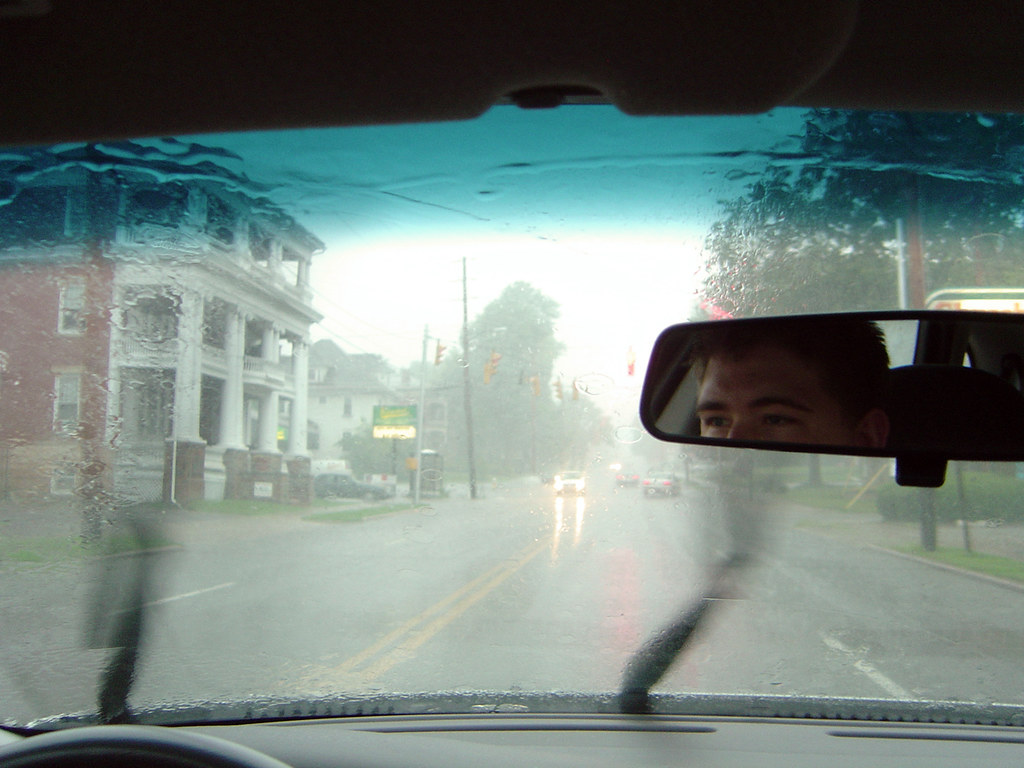
7. **Adapting to Adverse Conditions: Wet Roads and Beyond** While the two-second rule serves as a crucial baseline for dry conditions, Annie Winterburn stresses that safe following distances are not static. They must be dynamically adjusted to account for varying road and weather conditions. This adaptability is paramount for true road safety, as different environments demand different response times and braking capabilities.
For instance, on wet roads, the recommended gap significantly increases: “This increases to 4 seconds on wet roads.” The reduced traction on wet surfaces means vehicles require a much longer distance to stop, making the doubling of the following time a vital safety measure. This accounts for the slippery nature of water between tires and pavement.
The most dramatic adjustment is required for icy roads, where traction is severely compromised. In such treacherous conditions, Annie advises an astonishing increase: “and is ten times the gap on icy roads. Ten times the gap is 20 seconds.” This massive buffer is essential to compensate for the almost non-existent grip, allowing for ample time and space to react to any sudden changes ahead.
Read more about: Driving Expert’s ‘Clever’ Hack: Stop Tailgaters Safely Without Ever Touching Your Brakes
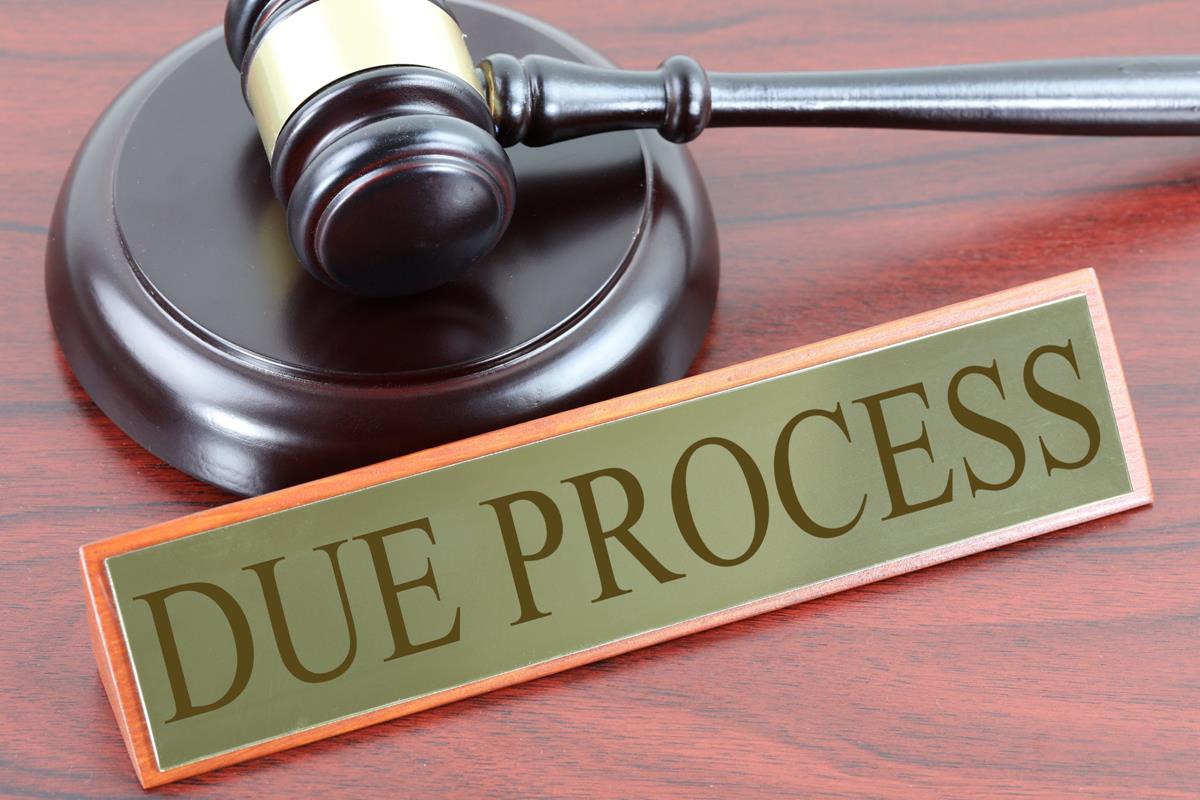
8. **The Legal Ramifications: Tailgating as ‘Driving Without Due Care and Attention’**While the immediate physical risks of tailgating are often the most apparent, it’s crucial for every driver to understand that this aggressive behavior isn’t just poor etiquette or a simple annoyance—it carries significant legal weight. Authorities worldwide classify tailgating as a serious offense, often falling under the umbrella of “driving without due care and attention.” This designation elevates the act from a mere discourtesy to a prosecutable breach of road safety regulations, underscoring its profound implications for everyone sharing the highway.
Both the DVLA (Driver and Vehicle Licensing Agency) and the DMV (Department of Motor Vehicles) in various regions have issued stern warnings regarding these legal repercussions. They clearly define tailgating as a form of careless driving, a classification that removes any ambiguity about its legality. This firm stance from official bodies highlights the critical importance of maintaining proper following distances, not merely as a suggestion but as a legal obligation that all motorists must uphold for collective safety.
The immediate consequences for motorists caught trailing too closely behind another vehicle can include tangible penalties. For instance, drivers might face a fine starting at around $100 or £100, alongside the imposition of three penalty points on their license. These are not minor sanctions; accumulating penalty points can impact insurance premiums, and a sufficient number can even lead to more severe actions, including potential license suspension. This serves as a stark reminder of the legal consequences attached to unsafe driving practices.



